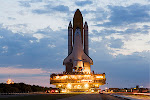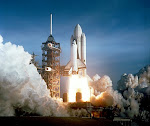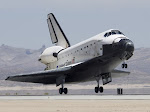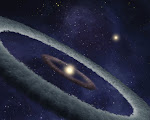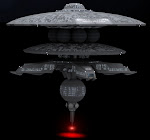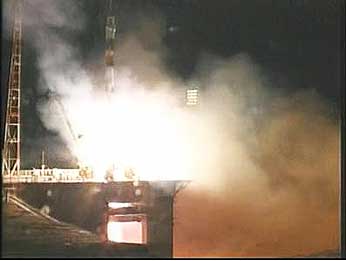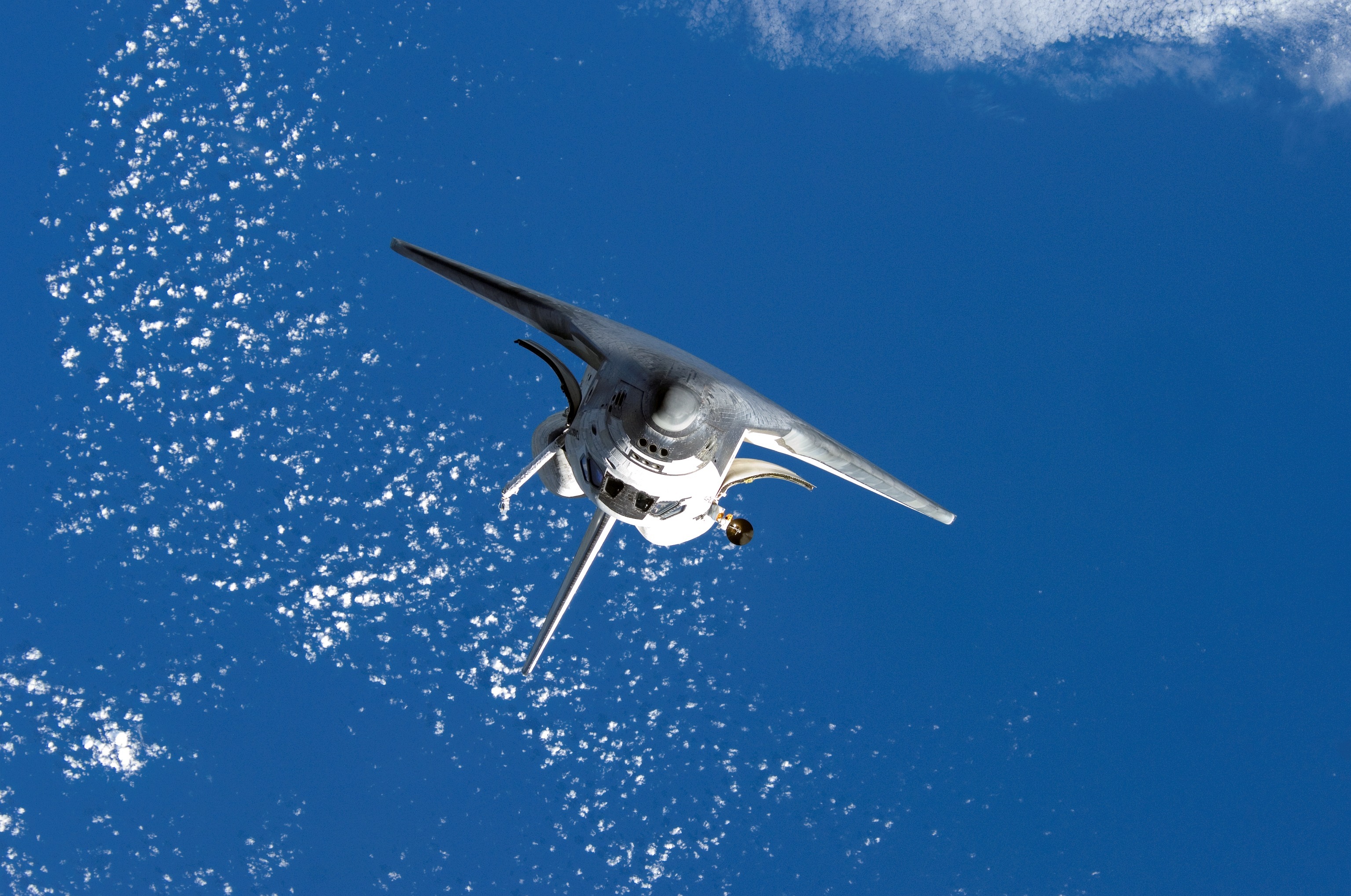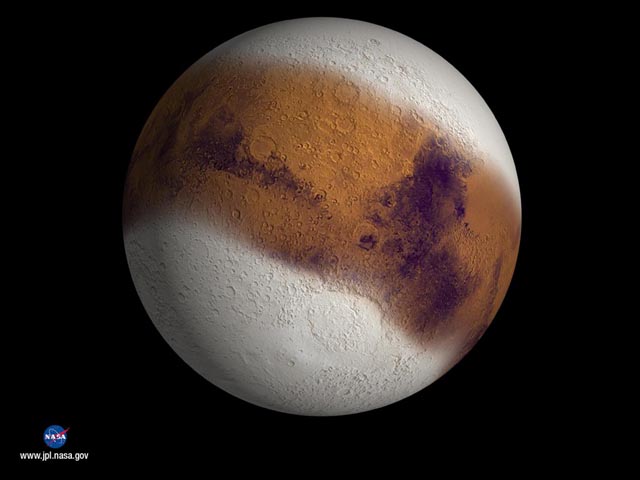
Following the relocation of a Soyuz spacecraft Monday, the Expedition 24 crew of the International Space Station focused on systems maintenance and science experiments Tuesday, as well as on orientation activities for the three newest crew members.
Commander Alexander Skvortsov and Flight Engineers Tracy Caldwell Dyson, Doug Wheelock, Mikhail Kornienko, Fyodor Yurchikhin and Shannon Walker got a late start on the day, as they adjust their sleep schedules back to normal following Monday’s relocation of the Soyuz TMA-19 spacecraft. Yurchikhin, Wheelock and Walker undocked their Soyuz spacecraft from the aft end of the Zvezda service module at 3:13 pm. EDT on Monday and docked it to its new location on the recently installed Rassvet module 25 minutes later.
Kornienko began his workday Tuesday photographing the docking cone of the Rassvet module to document any scuffmarks left by the docking with Soyuz TMA-19. He also performed maintenance on the life-support system located in Zvezda and conducted an audit of items plugged into power outlets throughout the Russian segment of the station.
As the newest Expedition 24 crew members, Yurchikhin, Wheelock and Walker spent part of Tuesday on activities to help them adjust to living and working in the weightless environment of the station. The three flight engineers, along with Skvortsov, practiced procedures to quickly secure the station and board their Soyuz spacecraft in the event of an emergency. Along with familiarization activities with the incumbent crew, all new crew members also have an hour set aside daily during their first two weeks to study the station’s layout on their own.
Caldwell Dyson worked with the Coarsening in Solid-Liquid Mixtures-2 experiment, which studies the way that particles of tin suspended in a molten tin/lead mixture increase in size – a process known as coarsening – without the influence of the Earth’s gravity. This work has direct applications to metal alloy manufacturing on Earth, including materials critical for aerospace applications.
Additionally, Caldwell Dyson assisted flight controllers with a check out of new software for the station’s 58-foot robotic arm, Canadarm2, throughout the afternoon.
Meanwhile, Walker participated in several experiments studying the effects of long-duration spaceflight on astronauts. As part of one such investigation, known as Pro K, scientists will monitor Walker’s diet during the mission to learn whether a decreased ratio of animal protein to potassium will lead to decreased loss of bone mineral. Researchers anticipate that this study will lead to a better definition of the nutritional requirements of future space travelers and may offer a method of counteracting bone loss with virtually no risk of side effects.
At the Baikonur Cosmodrome in Kazakhstan, the next Russian supply ship bound for the orbital outpost stands ready for its launch Wednesday at 11:35 a.m. ISS Progress 38 will deliver almost 2,000 pounds of propellant, 110 pounds of oxygen, 220 pounds of water and 2,667 pounds of equipment and supplies when it arrives at the station Friday.






